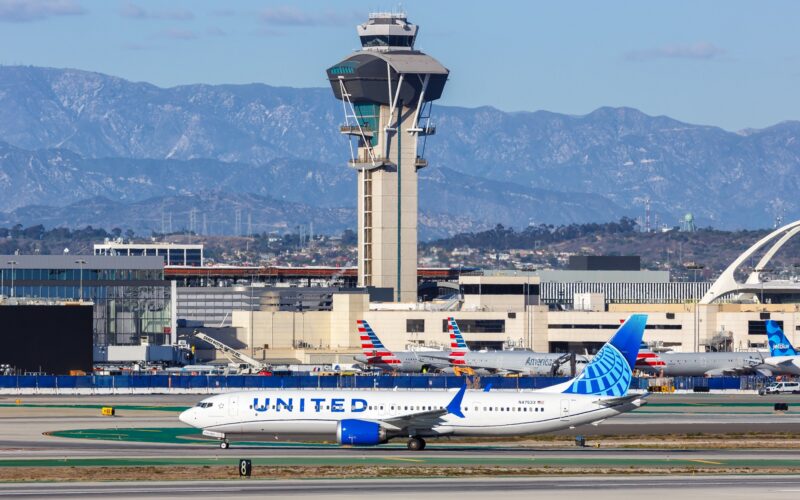Following the September 11, 2001, terrorism attacks in the United States (US), security on commercial aircraft was overhauled, particularly in regard to the flight deck which had proved to be vulnerable to attack on that fateful day.
In January 2022 the Federal Aviation Administration (FAA) adopted new standards for flight deck security which were intended to make the “flight deck resistant to forcible intrusion and small firearms and prevent unauthorized entry into the flight deck”.
Incredibly strong and reinforced doors were introduced but even these do not prevent the flight deck from becoming vulnerable during activities such as lavatory breaks and meal service.
Ellen Saracini, whose husband Victor was the pilot of United Airlines Flight 175 that crashed into the South Tower in New York, has been one of the driving forces behind increasing security on the flight deck.
On June 14, 2023, the FAA finally announced that it will “require a secondary barrier on the flight deck of new commercial airplanes to ensure the safety of aircraft, flight crew and air passengers”.
“Every day, pilots and flight crews transport millions of Americans safely – and today we are taking another important step to make sure they have the physical protections they deserve,” US Transportation Secretary Pete Buttigieg said.
Commercial operators will have to ensure an installed physical secondary barrier (IPSB) is installed on transport category airplanes manufactured two years after the effective date of the final rule.
According to the FAA’s final ruling, since 2003 two major airlines voluntarily installed IPSB on more than a hundred of their aircraft, and two aircraft manufacturers had previously offered IPSB as standard equipment on newly manufactured aircraft.
To date airline crews have adopted several methods to support security of the flight deck when opening the flight deck door during flight.
One method employs a combination of procedures using crew members to monitor the area and/or aircraft equipment, such as galley carts, to block access to the flight deck during the door transition.
The new IPSB will be designed so crew members need to deploy the secondary barrier before opening the flight deck door.
The FAA estimates costs of $35,000 for the purchase and installation of an IPSB. At this point in time the new ruling will currently only affect US airlines.
The Air Line Pilots Association (ALPA) commended the aviation regulator for issuing the final rule for the implementation of secondary barriers.
“Twenty-two years ago this September, terrorists used passenger aircraft to kill nearly 3,000 of our fellow Americans and shattered our sense of safety and security. We responded to these attacks decisively and put multiple measures in place to prevent another tragedy like this from happening, but until now have failed to act to install secondary flight deck door barriers,” said Capt. Jason Ambrosi, ALPA president. “I applaud Acting FAA Administrator Polly Trottenberg for moving to implement this live-saving measure after years of needless delay.”
Ambrosi added: “With this action today addressing the installation of secondary barriers on newly manufactured aircraft, we must redouble our efforts to pass the Saracini Enhanced Aviation Safety Act (H.R. 911/S. 911) to address the retrofitting of existing airliners, and work to install primary barriers on cargo aircraft. Because ensuring that no terrorist—domestic or international—breaches another aircraft flight deck door again should be one of this nation’s highest security priorities,” said Ambrosi.

